Ollantaytambo
Ollantaytambo is located about 50 miles north of Cuzco, the capital of the Inca Empire, at about 9000 feet above sea level. The site was first a royal estate for the Inca Pachacuti, between 1437 and 1471, who apparently destroyed a previous town to build his residence.
This again depends on what guide book you read, as there are many interpretations and that’s all they are, on one hand you have the Spanish version written by Pedro de Cieza de Leon first published in 1554 or you can have the Inca version Royal Commentaries of the Incas by Garcilaso De La Vega El Inca written in the early 1600’s but had to go through the Spanish church censors which apparently only took five years.
In all the literature written over the past 500 years, nobody has any real idea of how and who built this place. I’ve read that it was also built by the first age, whatever that means, by giants or was never finished again this all depends on which book you invest in.
These images give you a sense of the scale of the site.
This image was taken on one of three rest stops just to get to the top (lack of oxygen) and you can see the alleged carving of virocoucha in the top left hand corner and a grain store to the right.
Natural looking to me but I guess it’s in the eye of the beholder.
close up of the grain store .
Right at the top we are introduced to some huge stone blocks and magnificent stone work.
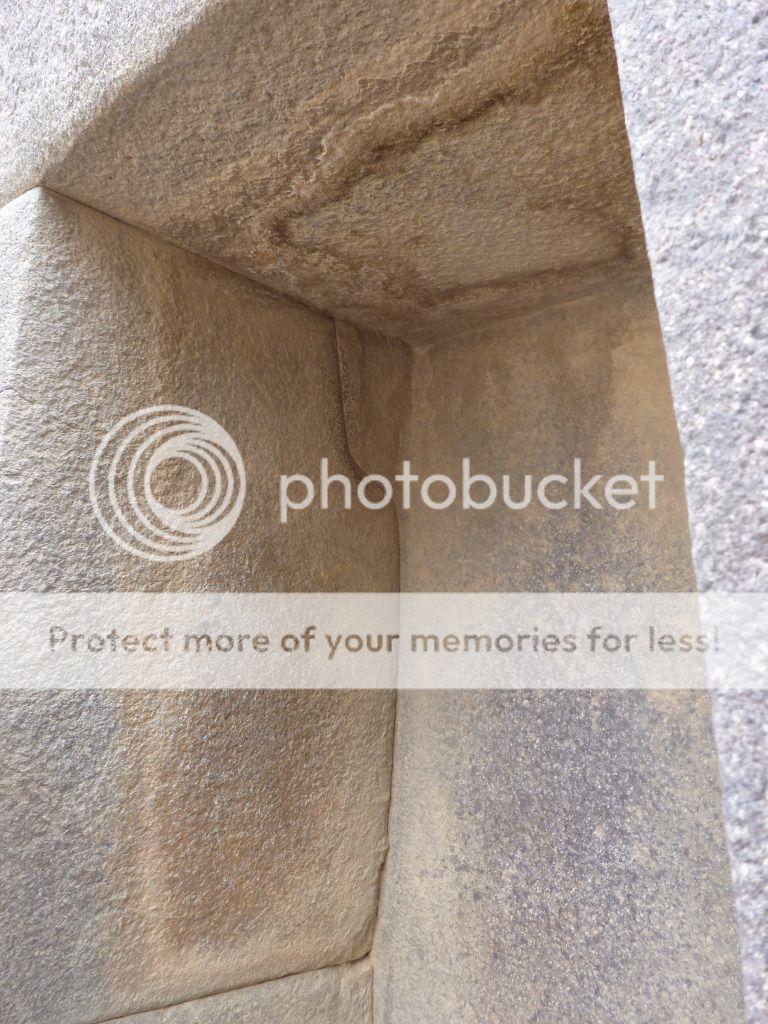
- Home
- Forum
- Chat
- Donate
- What's New?
-
Site Links

-
Avalon Library

-
External Sites

- Solari Report | Catherine Austin Fitts
- The Wall Will Fall | Vanessa Beeley
- Unsafe Space | Keri Smith
- Giza Death Star | Joseph P. Farrell
- The Last American Vagabond
- Caitlin Johnstone
- John Pilger
- Voltaire Network
- Suspicious Observers
- Peak Prosperity | Chris Martenson
- Dark Journalist
- The Black Vault
- Global Research | Michael Chossudovsky
- Corbett Report
- Infowars
- Natural News
- Ice Age Farmer
- Dr. Joseph Mercola
- Childrens Health Defense
- Geoengineering Watch | Dane Wigington
- Truthstream Media
- Unlimited Hangout | Whitney Webb
- Wikileaks index
- Vaccine Impact
- Eva Bartlett (In Gaza blog)
- Scott Ritter
- Redacted (Natalie & Clayton Morris)
- Judging Freedom (Andrew Napolitano)
- Alexander Mercouris
- The Duran
- Simplicius The Thinker




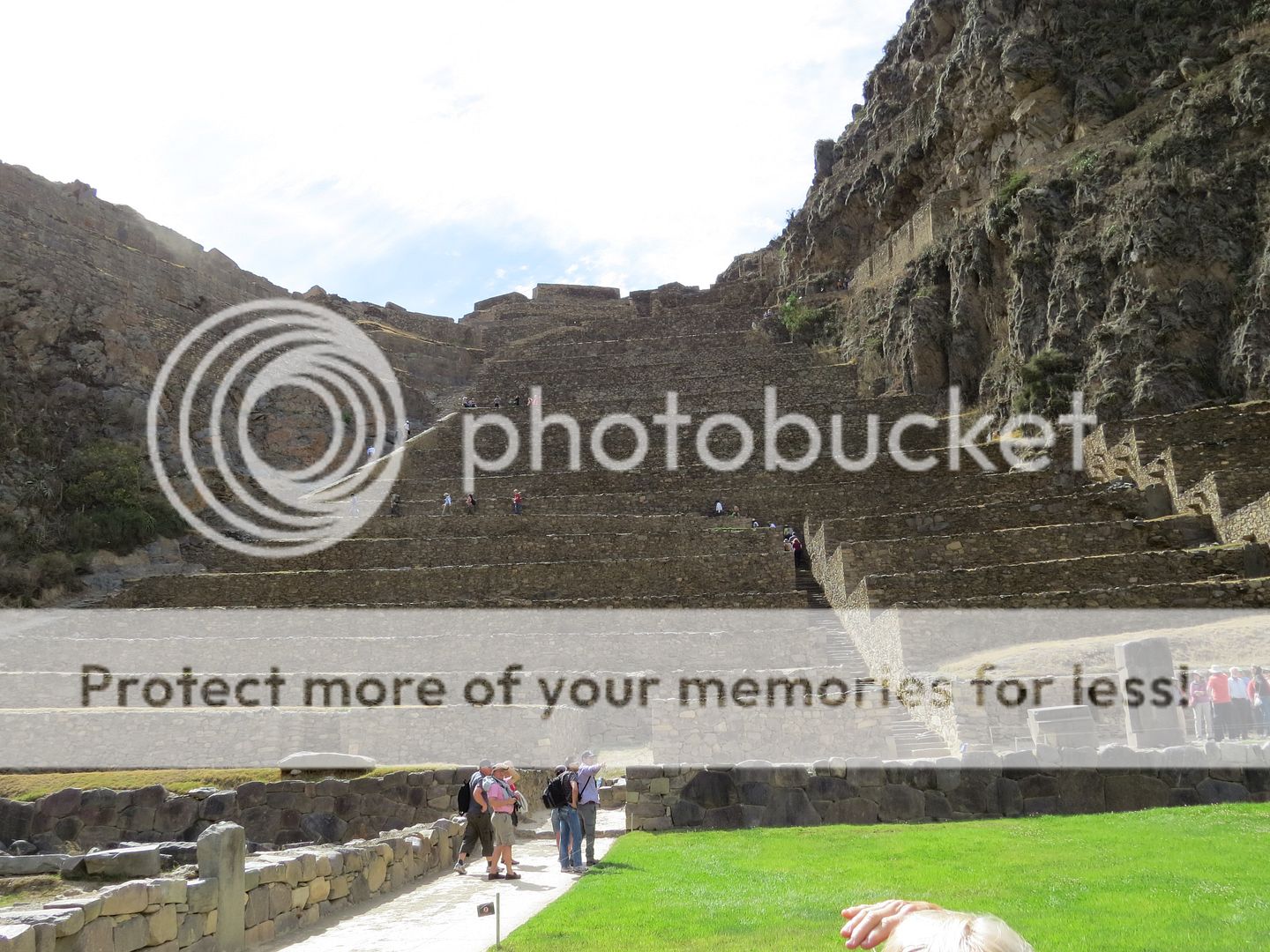


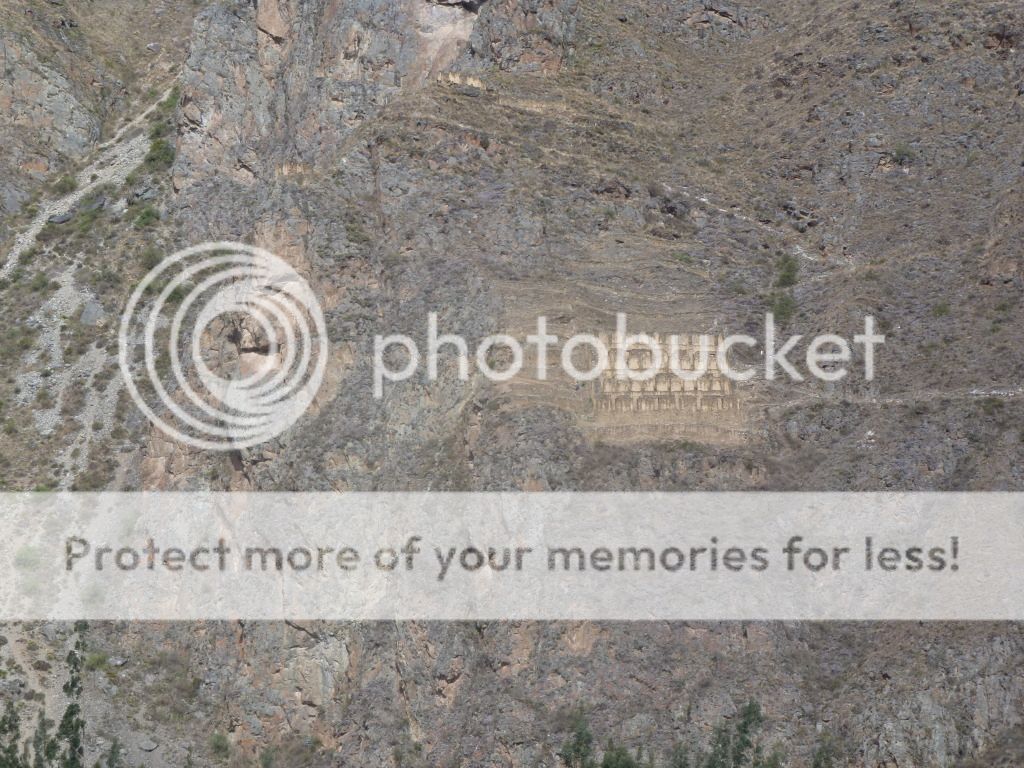

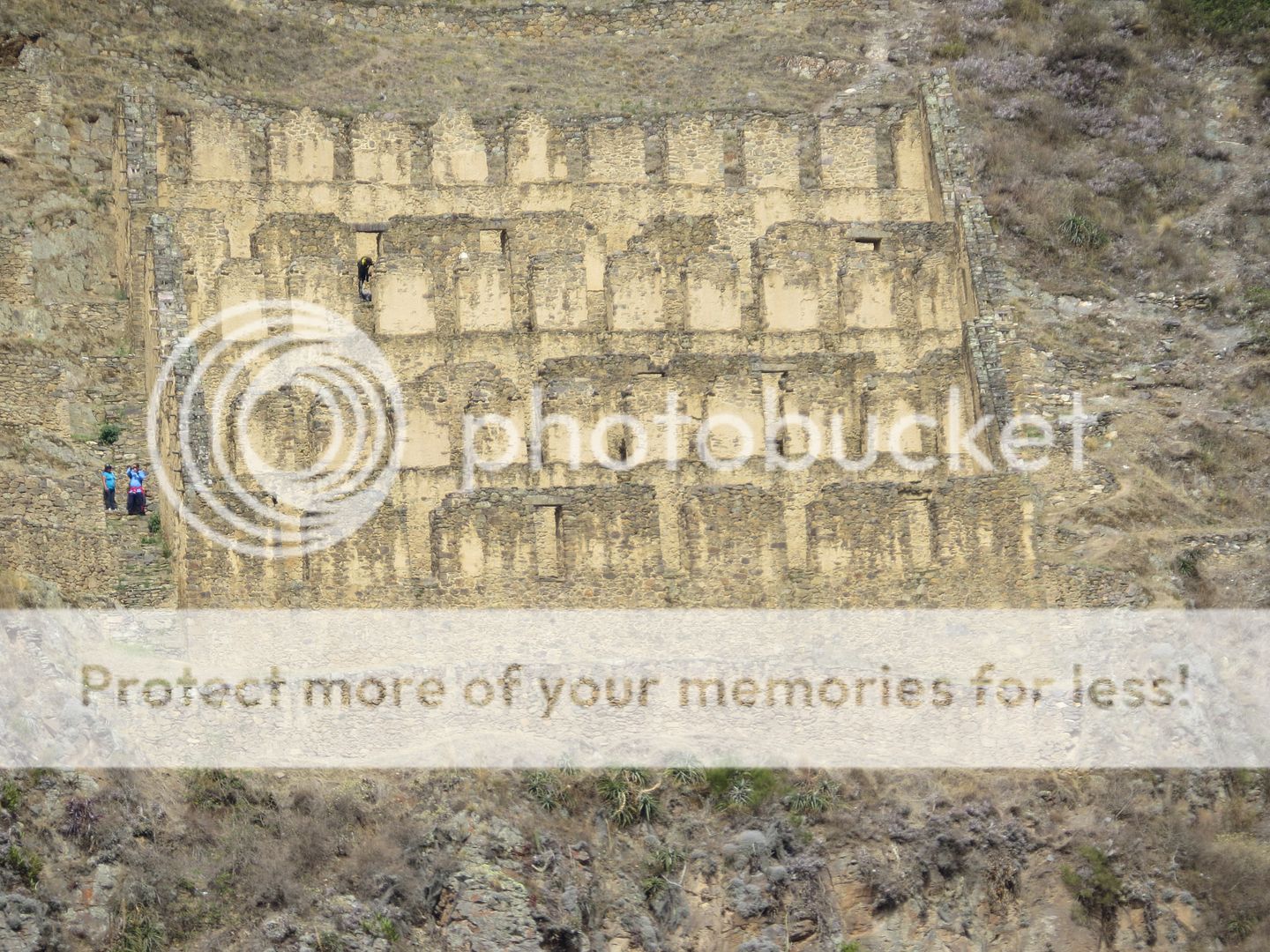
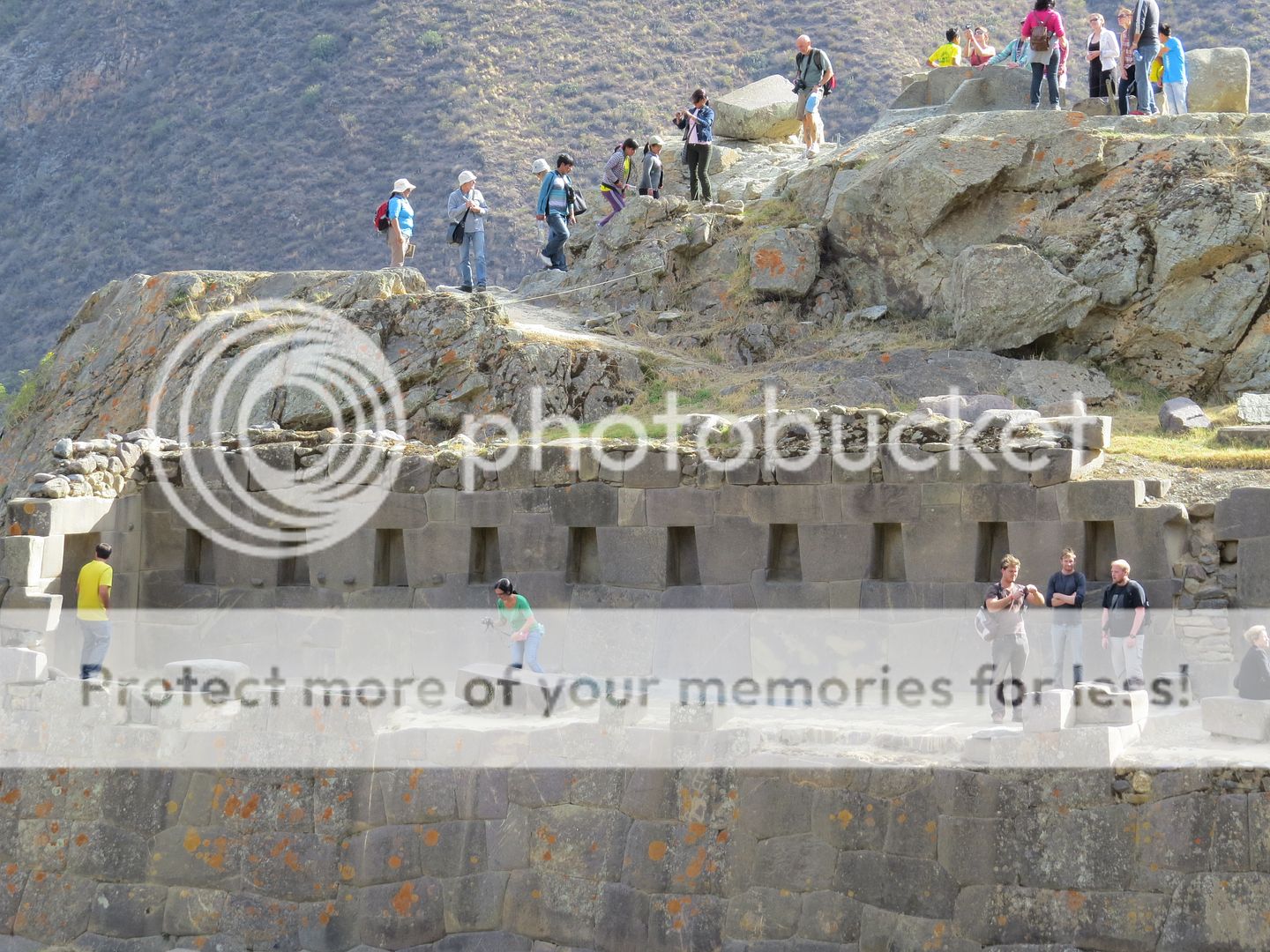

 Reply With Quote
Reply With Quote
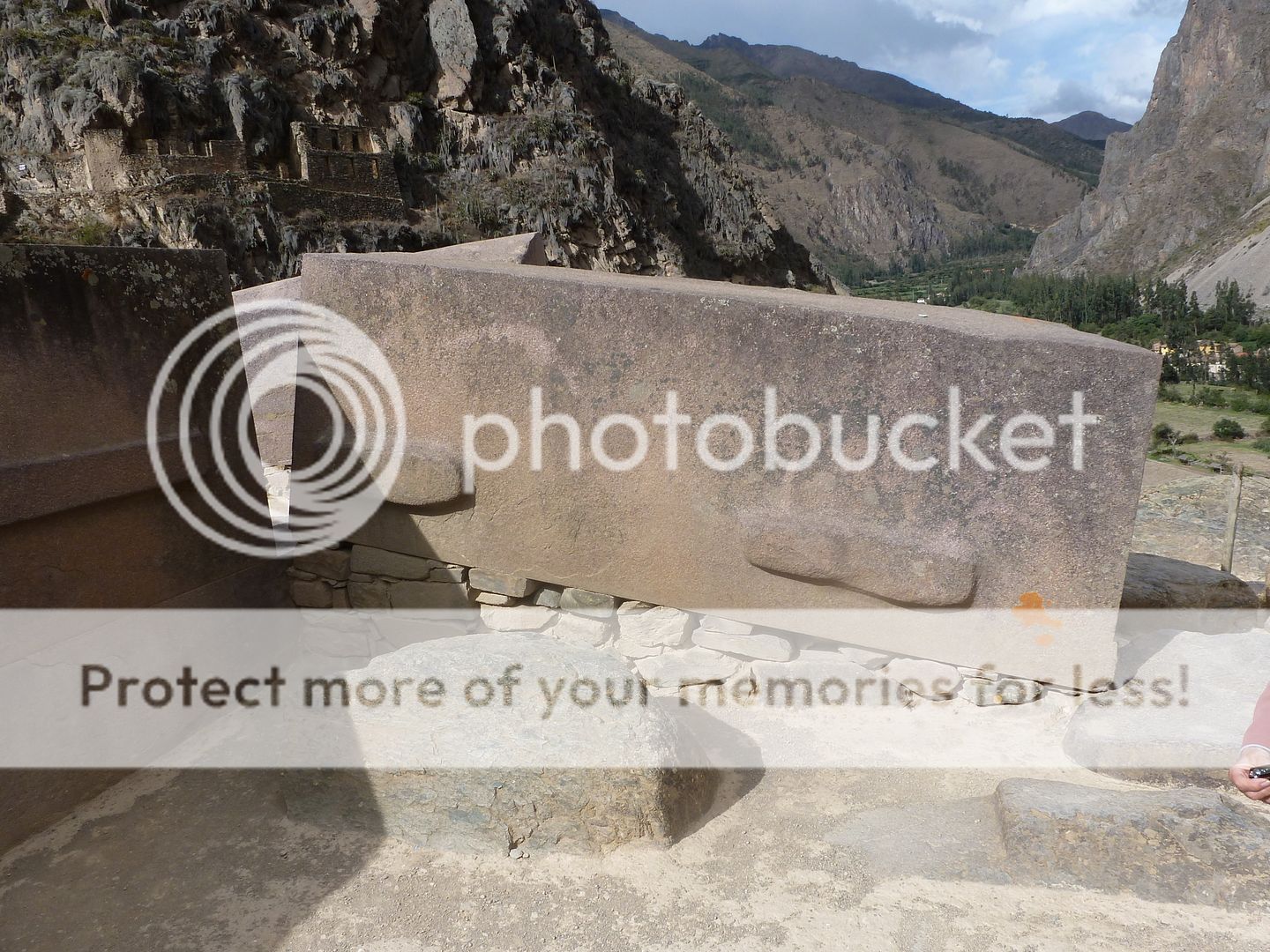

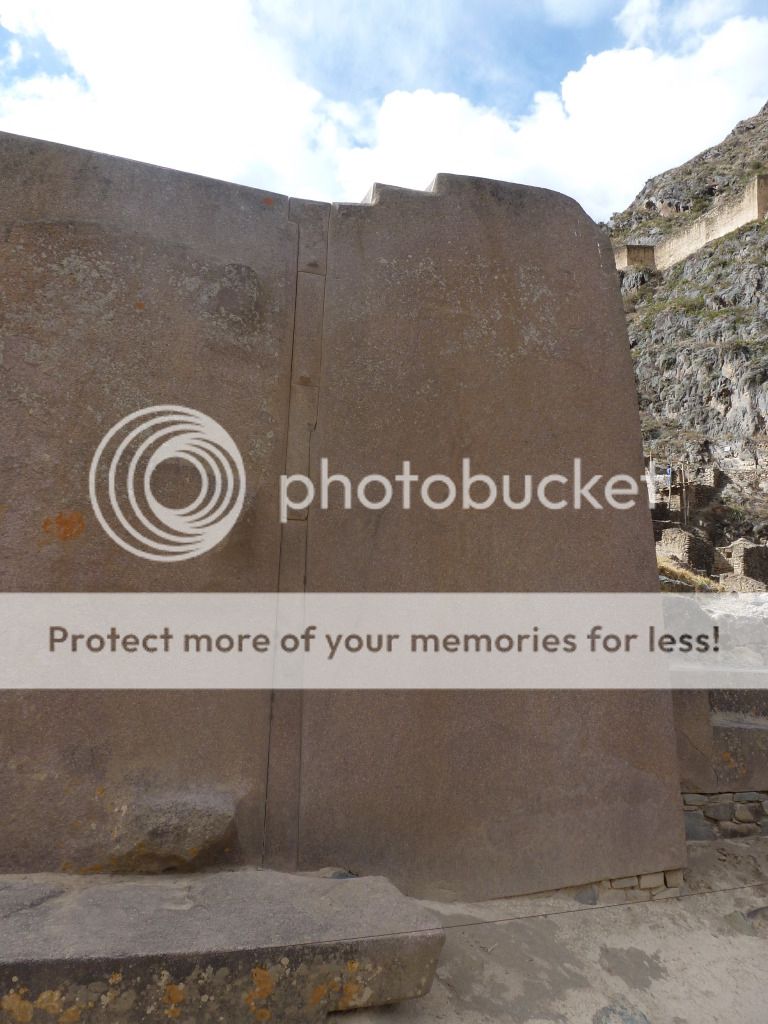
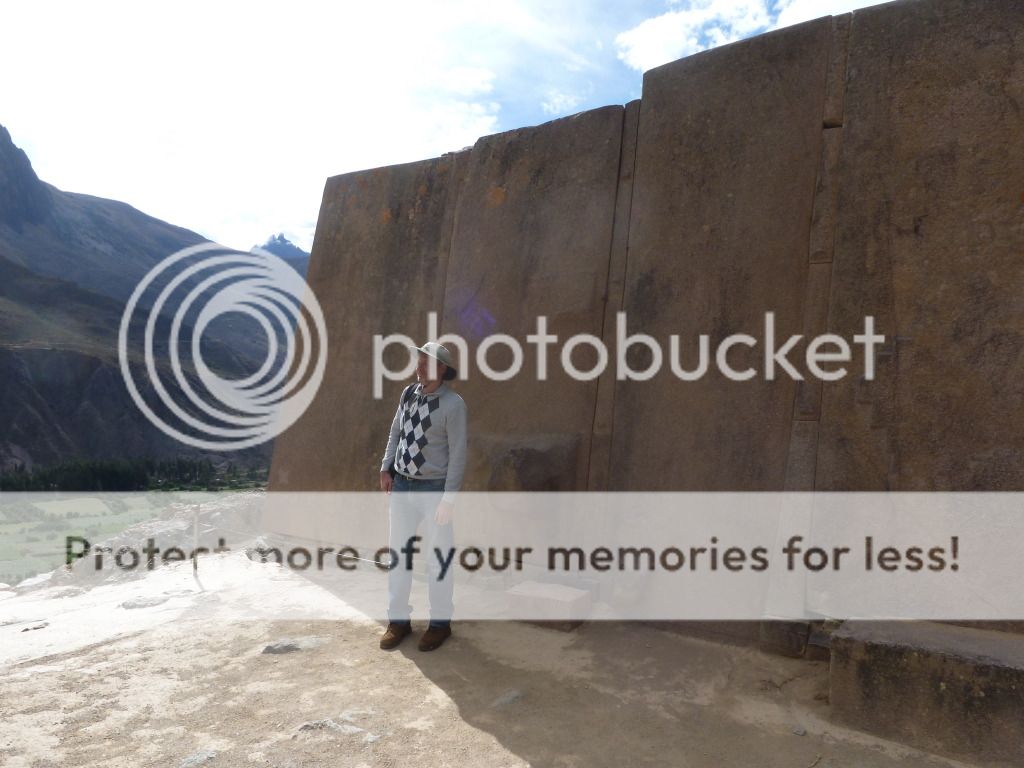



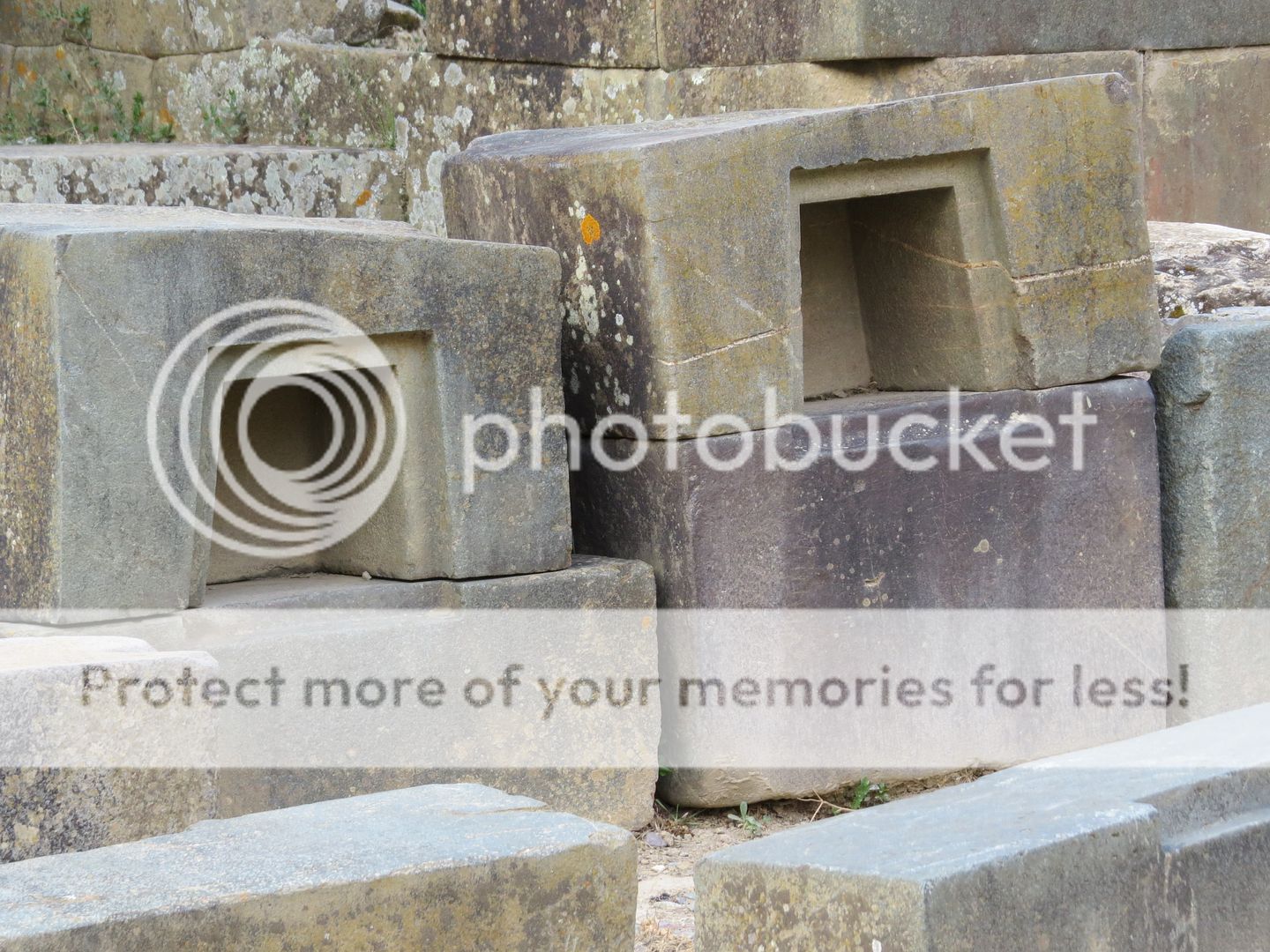





















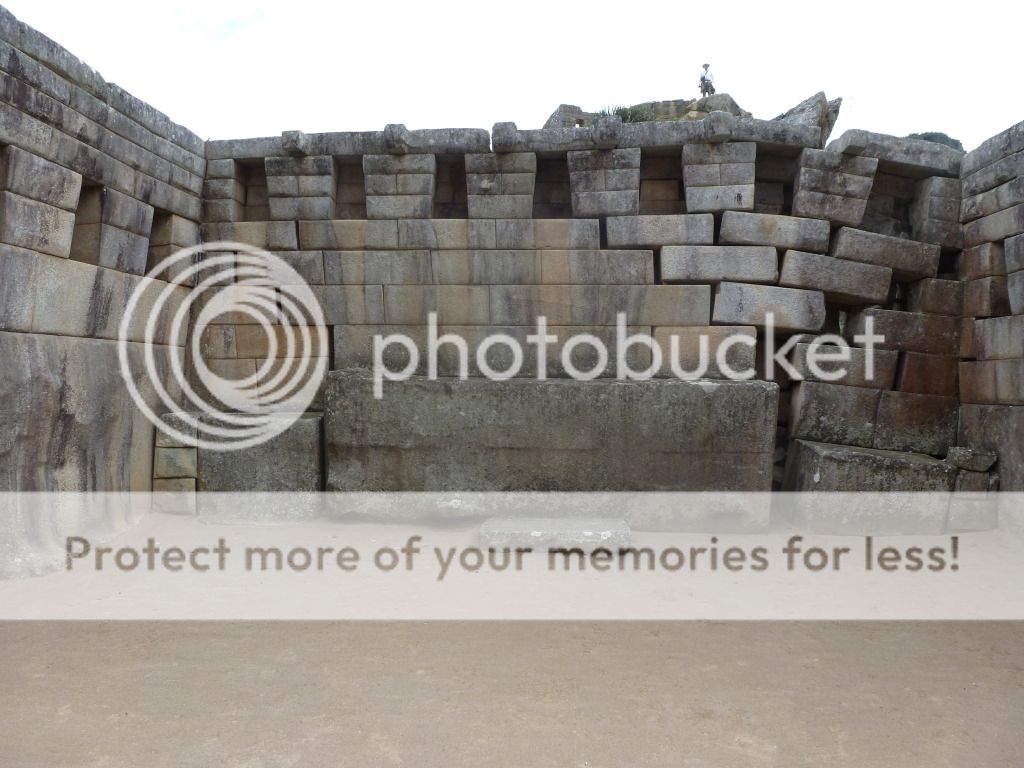














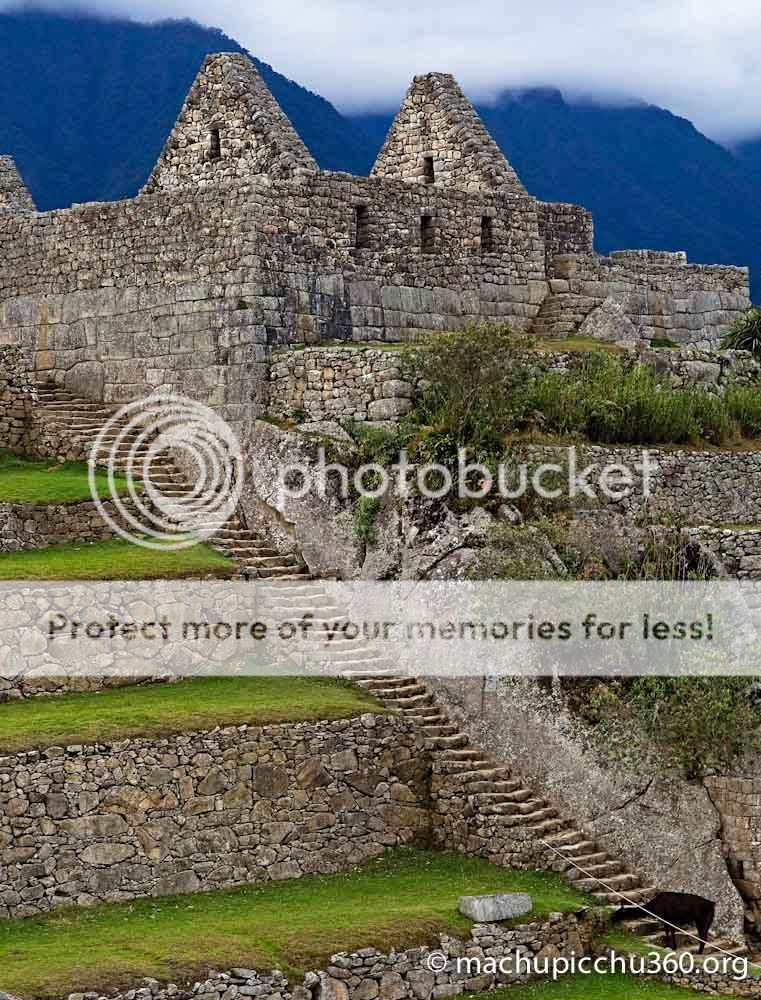




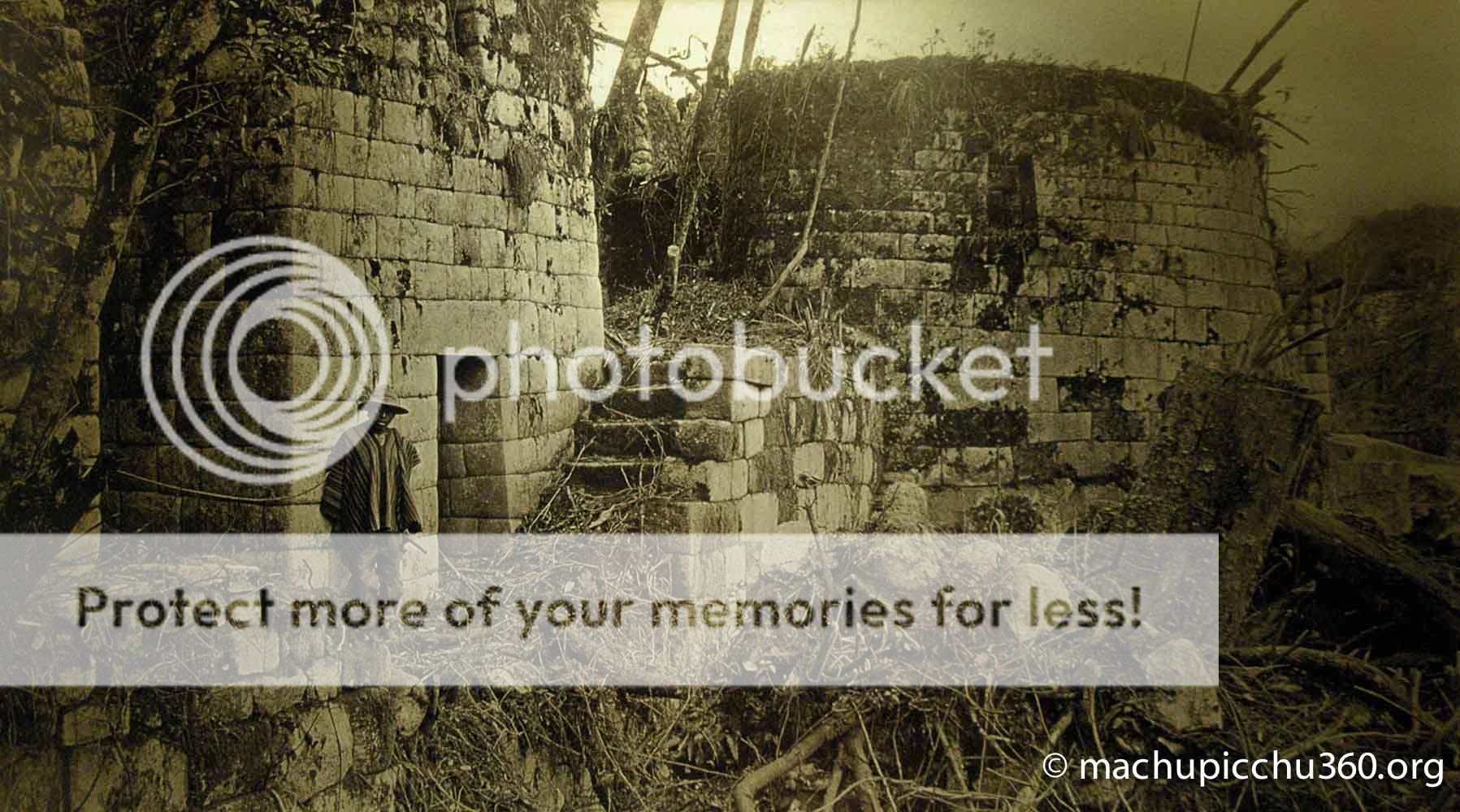
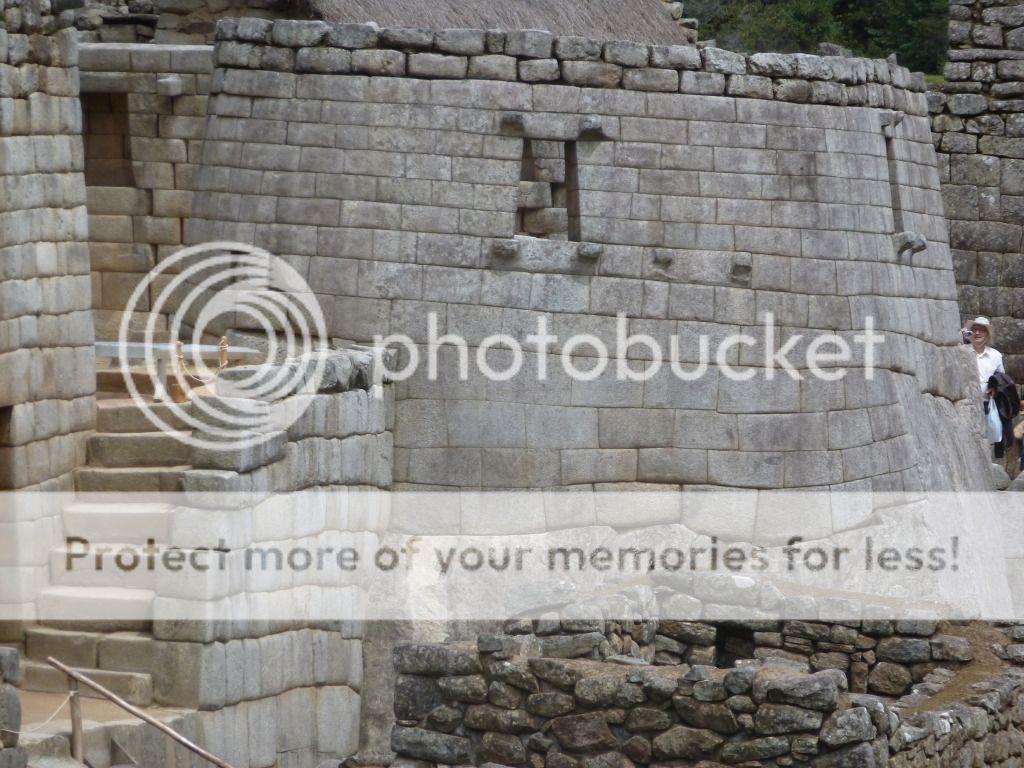















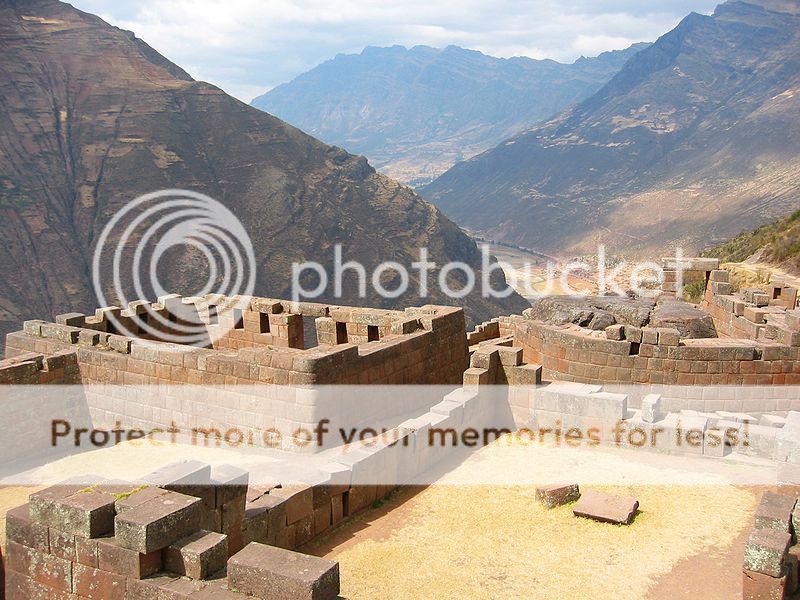










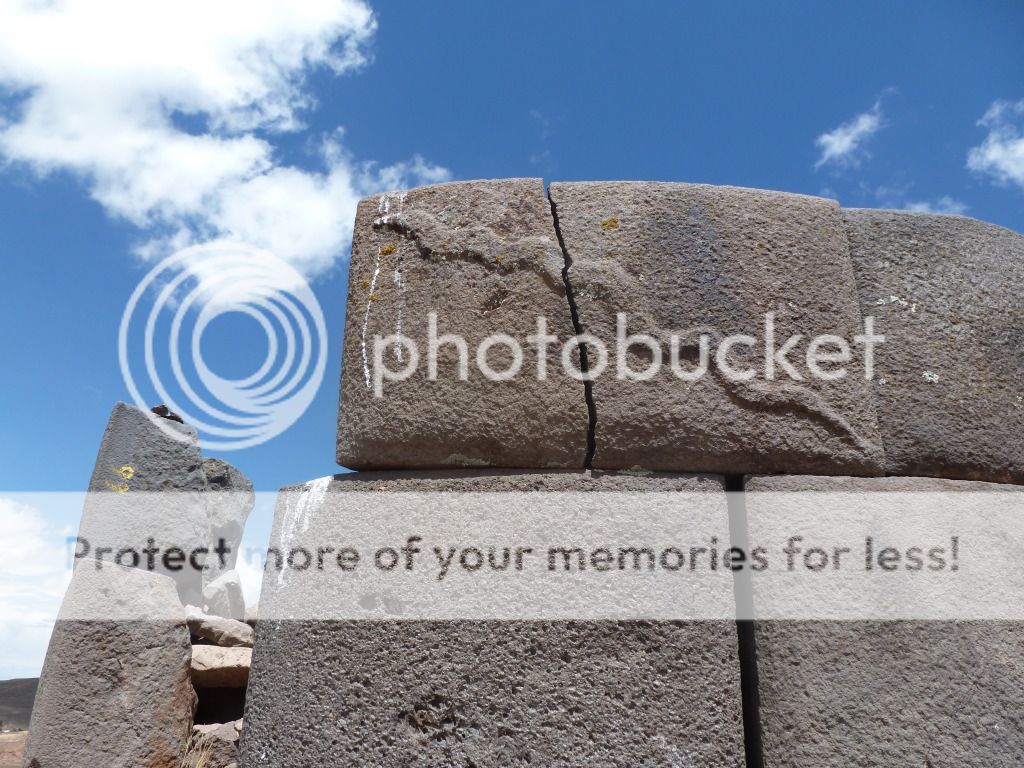


























Bookmarks